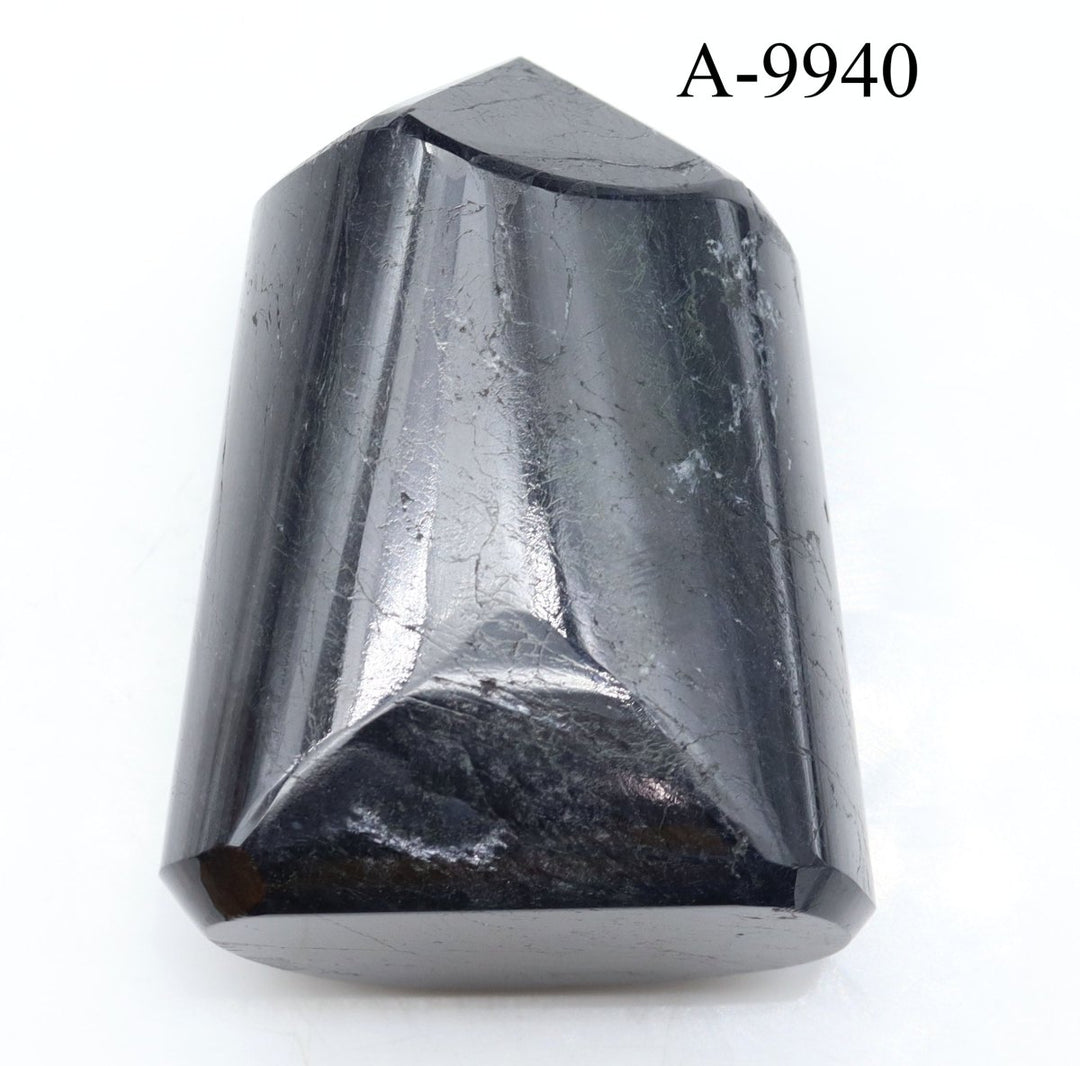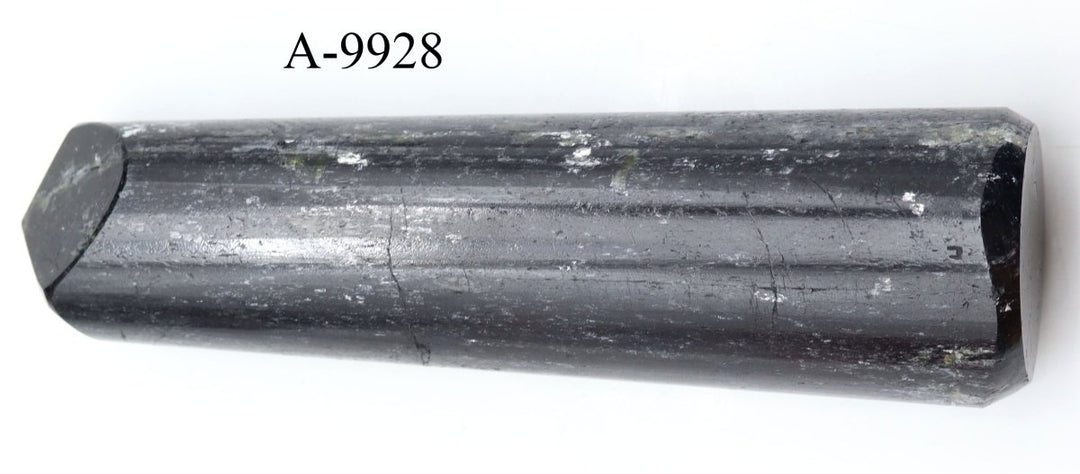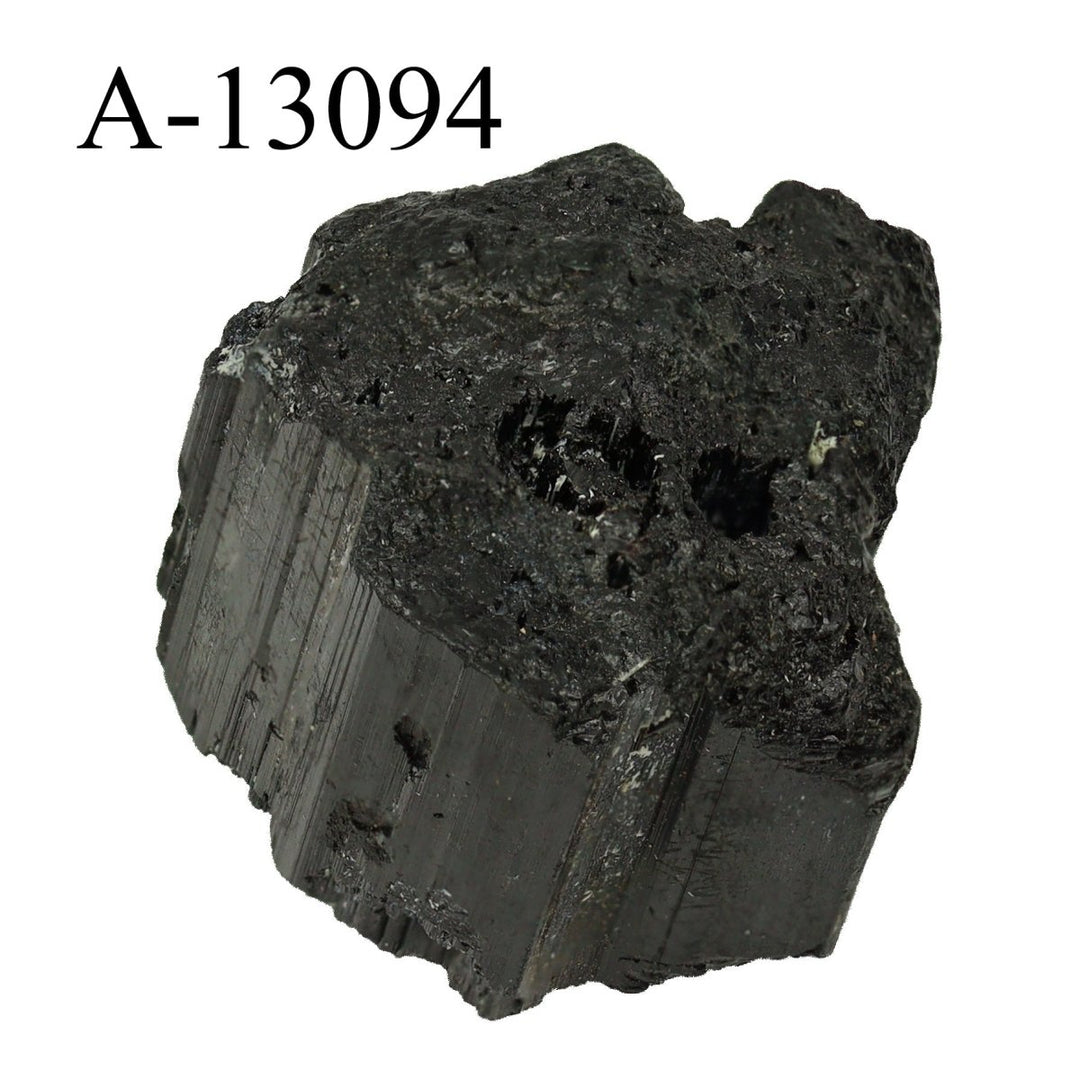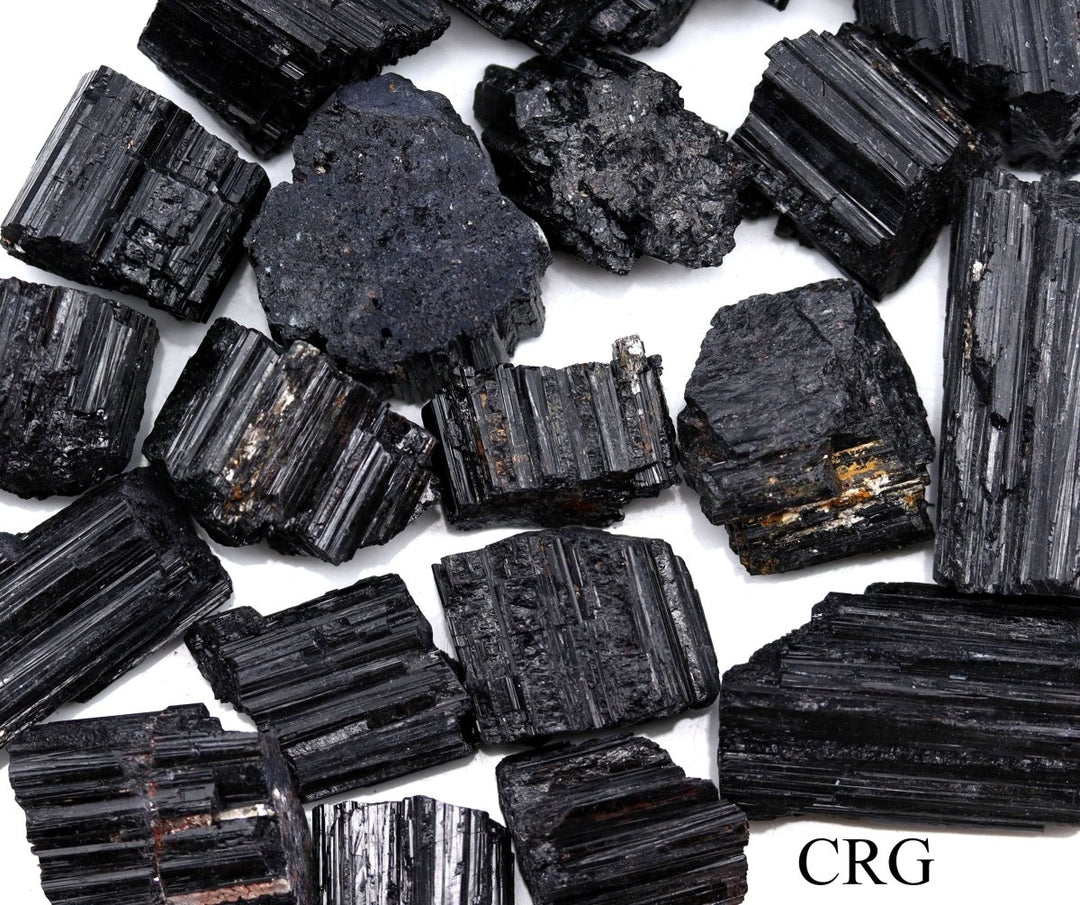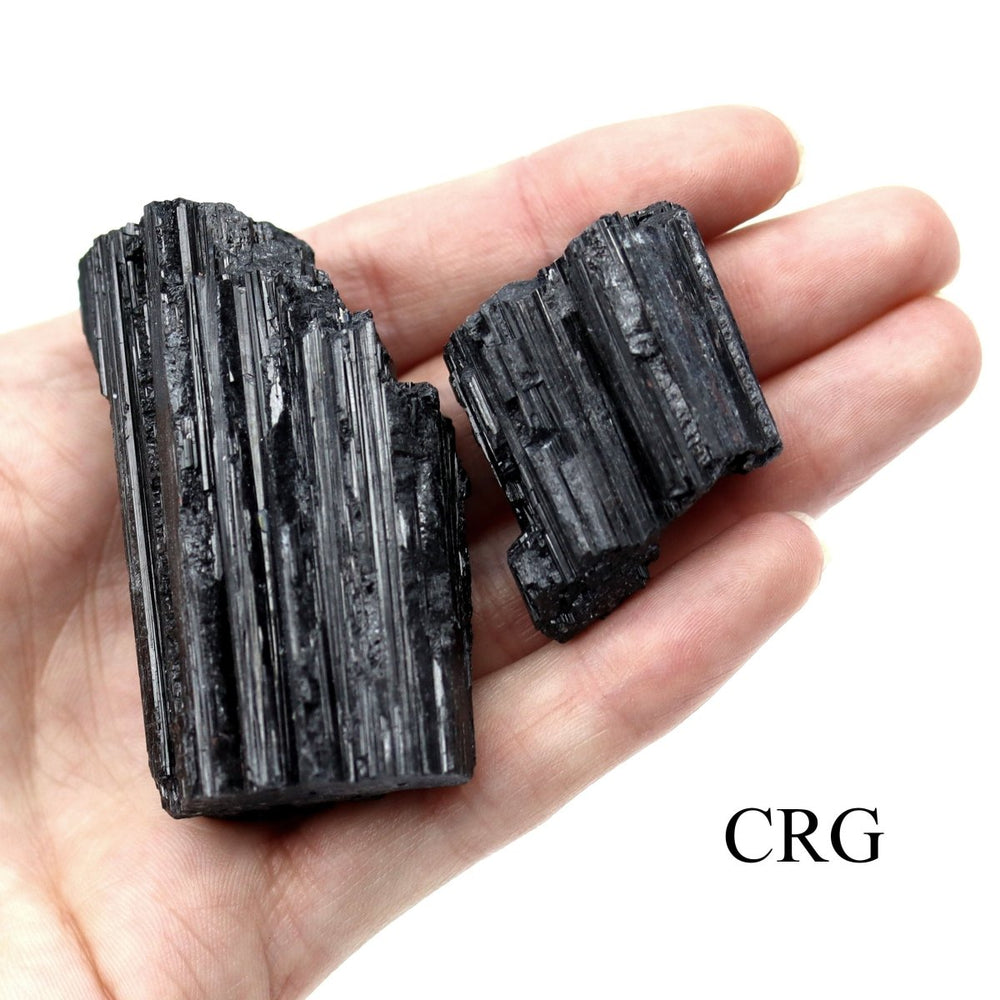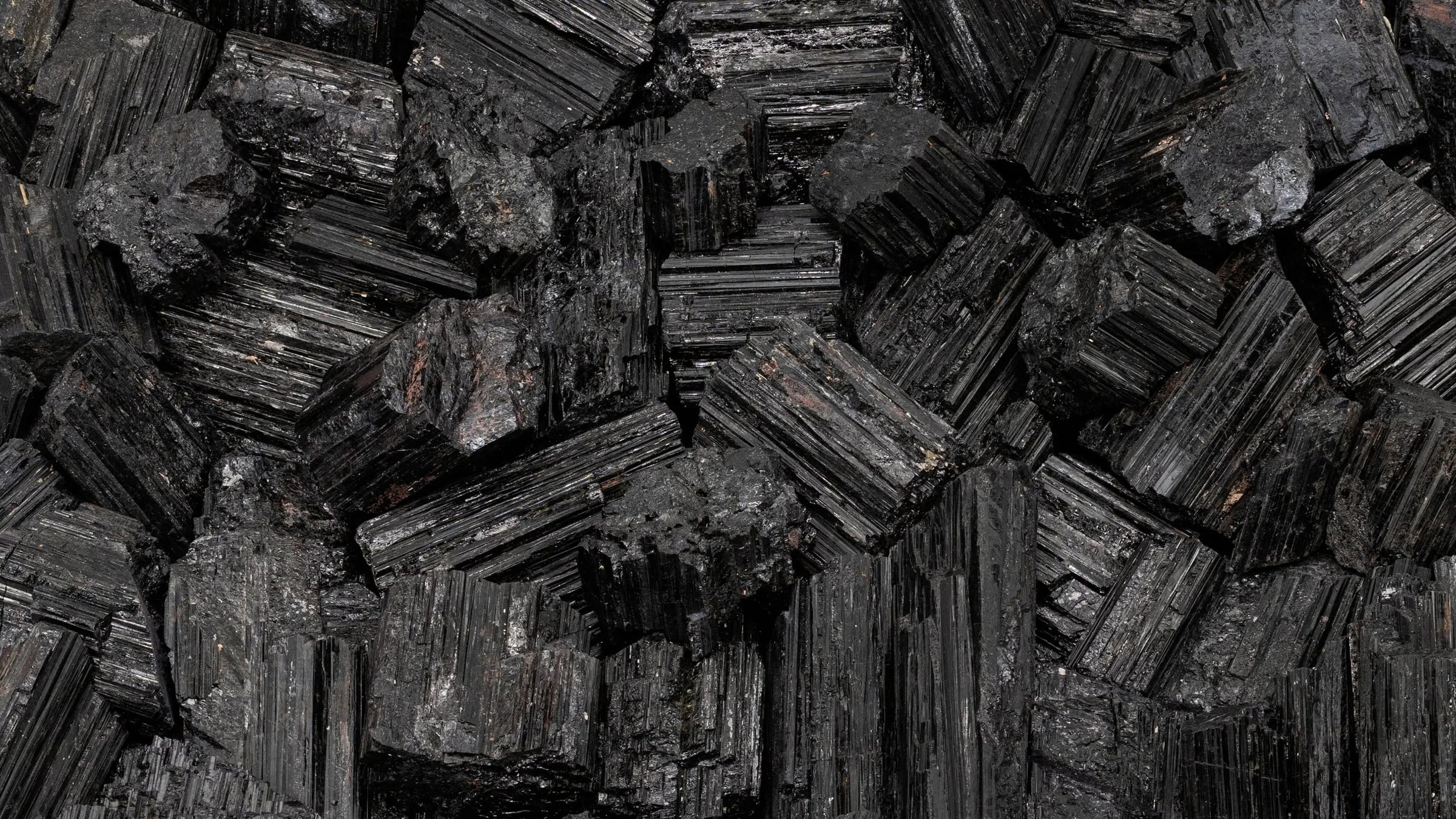
Tourmaline
Tourmaline's chemical formula can vary greatly but generally includes aluminum, iron, magnesium, sodium, lithium, or potassium elements. This compositional flexibility leads to the formation of many different tourmaline species and colors, including black (schorl), pink to red (rubellite), green (verdelite), blue (indicolite), and even multicolored or watermelon tourmaline (green on the outside and pink in the middle). Tourmaline is typically found in pegmatites and metamorphic rocks like schist and marble. It forms under a range of temperature and pressure conditions, often due to magma's crystallization or other minerals' alteration during metamorphism. Tourmaline is distinguished by its three-sided prisms; no other common mineral has three sides. The crystal structure often results in elongated and striated crystals. Tourmaline is also pyroelectric and piezoelectric, which can generate an electrical charge when heated or when pressure is applied. Due to its wide color range and durability (7-7.5 on the Mohs scale), tourmaline is highly valued as a gemstone and is used in all forms of jewelry. Beyond its decorative uses, tourmaline's electrical properties have made it useful in pressure-measuring equipment and other scientific applications. Significant tourmaline deposits are found in Brazil, which is known for its large and colorful crystals. Other important sources include Afghanistan, Pakistan, Africa (particularly Namibia and Mozambique), and the United States (mainly California and Maine). Tourmaline has been used as a gemstone for centuries. It was first brought to Europe from Sri Lanka in the late 1600s or early 1700s. The name "tourmaline" comes from the Sinhalese word "turmali," which describes mixed gems found on the island.




